
The fastest (almost) toll-free routes to France and Spain
28 November, 2020 | Update: 08/09/2022
Are we there yet, are we there yet? When you set off for the sunny south, there are many kilometres ahead of you. The most obvious way to cover these distances is to use the motorways. But in both France and Spain, you pay a toll for the distances you cover. Not happy about that? There is a great alternative!
Simply use the tourist routes that will take you to Spain via lovely country roads (and only a couple of toll roads). Nice and inexpensive! And you will happily take that extra travelling time for granted as you pass through the beautiful countryside you would otherwise have missed. We will share with you the best and (almost) toll-free routes in France and Spain in this blog. We have also selected a number of tips for you where you can refuel more cheaply close to the motorway without having to take a major detour.
Why tolls?
Motorways take you quickly from A to B, but keeping the roads maintained costs money. So governments ask drivers for a contribution. In France and Spain this is different to Britain. On many motorways there you will pay a toll to use the section you are driving along. In France these roads are known as péage, in Catalonia they are peatge, and in the rest of Spain they are called peaje. Foreign visitors also have to pay their way. To reach the South of France, you can expect to pay up to 120 euros, depending on the type of vehicle (with or without a caravan or trailer tent). For many holidaymakers, that’s a good reason to drive along the country roads.
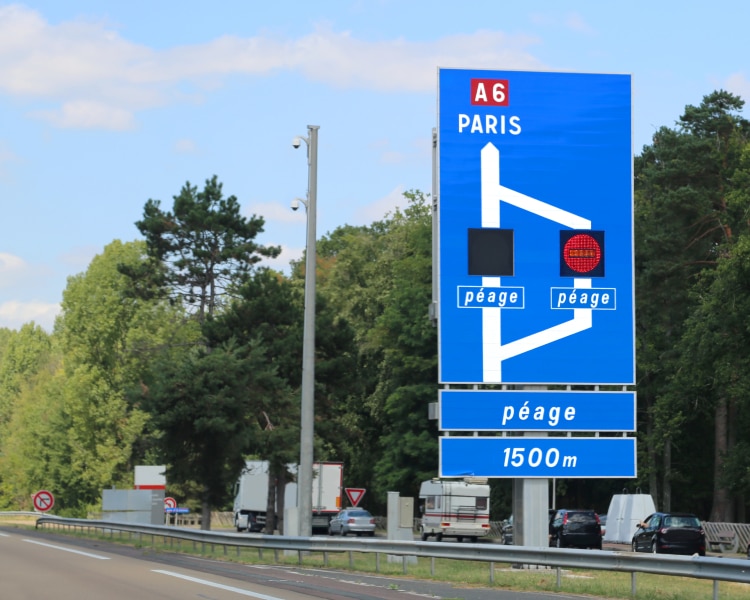
You can already see the signs in the distance – that means paying a toll!
Via Paris to Spain
Life is full of choices, also when it comes to camping. Toll roads are ideal for those who want to sit firmly attached to the steering wheel, so they can flop down on the beach as quickly as possible. Ridiculous, say those who favour the tourist routes; by not sticking to the beaten path, you will discover any number of wonderful regions in France and Spain. And that can be fun!
- Western route: Paris – Biarritz – San Sebastian
If your destination is in the western half of Spain, the shortest route is via Paris. No tolls are charged in the Paris region and around Bordeaux. There is an interesting alternative to the A10 motorway from Poitiers until just before Bordeaux: the N10. This is completely dual-carriageway and has no traffic lights or roundabouts, except at the start and finish. The A10 between Bordeaux and Biarritz is mostly toll-free. Only where the A10 merges with the A63 does it become a toll road again.
- Central route Paris – Limoges – Toulouse
If you are travelling to the centre of the Pyrenees, you can drive via Toulouse. This route, via the A20 between Vierzon and Toulouse, is two thirds toll-free.
Affordable refuelling:
You can do that on the north side of the A20 at exit 10, Vatan. There, you will find a Carrefour, with a petrol station tucked behind it, almost hidden.
- Eastern route Paris – Clermont-Ferrand – Béziers – Perpignan – La Jonquera
The eastern route through France is the obvious choice for travelling to eastern Spain. More than 340 kilometres of the A75 (Clermont-Ferrand – Béziers) are toll-free apart from the Millau Bridge. Avoiding the toll bridge to save costs is pointless: the long and winding descent into Millau and the steep climb after Millau will cost you more in fuel.
Affordable refuelling:
You can do that on the south side of the A75 at exit 54, Le Bosc. There is a Leclerc there too
- Eastern route Nancy – Lyon – Béziers
The A31 from Luxembourg is free from beyond Nancy as far as Toulouse. There is no good alternative for the rest of the A31.The same goes for the continuation of the route to Lyon, the A6. The N7 from Lyon to Orange is possibly an alternative to the A7. There are several longer stretches here without too many traffic lights and roundabouts, but the N7 passes through a number of villages. There is no real alternative to the A9 from Orange to the Spanish border.Affordable refuelling:
You can do that on the south side of the A32 at exit 22. There is a Leclerc there too
Tolls in Spain
Spain itself has relatively few toll roads, but tourists will encounter them quite often. The AP-7, which extends along the most important tourist destinations from La Jonquera to Tarragona, such as the Costa Brava, is no longer a toll road since 1 September 201.
Another route with a toll is the AP-2 from Barcelona to Zaragoza. This toll will also end in September 2021. The AP-68 from Zaragoza to Bilbao will remain a toll road until the end of 2026. The motorway from Bilbao to San Sebastian and the French border will remain a toll road for the time being, as will a number of routes around Madrid and smaller routes in the rest of the country.
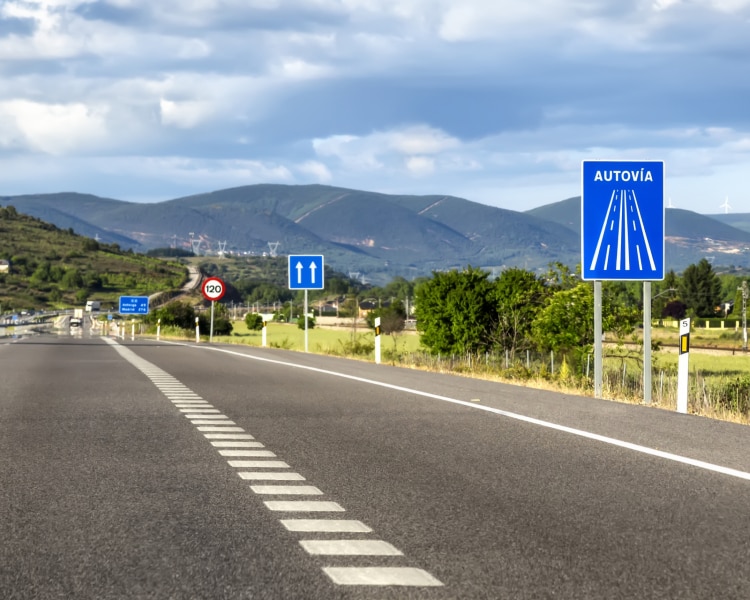
A beautiful autovía with the mountains as a background, who wouldn’t want to drive there?
Avoid the tolls using the autovías
The network of autovías (A roads) is very extensive and serves the whole country. They are motorway standard roads, are free, but have many junctions. In some cases they run parallel to the toll motorways.
The advantages of a toll-free route
- Filling up with fuel is quite a lot cheaper in a village than on a motorway. You can save anything from 20 to 30 cents a litre.
- Country roads in both France and Spain are generally very well maintained.
- There are often long queues at the toll booths in high season, you will avoid these tailbacks.
- Nowadays there are often convenient ring roads around smaller towns and larger villages, meaning you don’t always have to drive through the centre.
- You will pass through beautiful countryside on your journey and will suddenly find yourself in a picturesque village which you would otherwise not see.
- Stretching your legs is a lot more enjoyable in a pleasant street with stylish restaurants than in overcrowded service areas with trucks racing past. And you will need to stop every couple of hours, but as pleasantly and safely as possible. It’s your holiday, after all!
Things to watch out for
In order to be well prepared for your journey, we have a number of tips and tricks for you if you want to avoid toll roads in France and Spain.
- Which route? You can let your navigation system do the work for you by selecting the ‘Avoid toll motorways’ option. That will save a lot of searching.
- The days when traffic fines abroad would never arrive in your letter box are, unfortunately, a thing of the past. Take care, there are also speed cameras on country roads!
- You cannot drive so fast on country roads, and that saves petrol or diesel. On the other hand, country roads are full of roundabouts, width restrictions and traffic lights as you approach the built-up area. That can also affect your speed and make your fuel gauge drop.
- On the notorious Black Saturdays and other days when traffic is busy, it can often be busy on country roads too. The best plan is not to get into your car at all.
- What type of driver are you? Whereas one driver can find it very tiring to drive continuously on motorways, another can be affected by continually changing gears and braking.
- If you like the idea of stopping in Lyon, Grenoble or Paris, you will need to pay for an environment sticker to be allowed to drive into the city!

You’ll save yourself a horror story if you decide to use toll-free roads.
Free toll-roads in France and Spain
The French thankfully make an exception for a number of motorways, where you don’t have to pay tolls. To mention a few, there is the A20 near Limoges, which is free for a large part. Another popular route is the A75, where you pay only to use the Millau Bridge. Definitely a ‘must’ so you can enjoy the views by this spectacular bridge!
In Spain, next to the autopistas (motorways) there are autovías which are free and for which the same maximum speed limits apply. It makes an ideal and cheap alternative and will take you almost no extra travelling time.
If you’re not going any further than France, there are also many child-friendly campsites there with lovely camping pitches and luxurious accommodation. There is plenty of choice with Eurocampings.
Your alternatives
Do you know of any more toll-free, or almost toll-free routes that we haven’t mentioned? Let us know below and lend your fellow campers a hand!
Campings in Spain
Still looking for a great campsite in Spain?


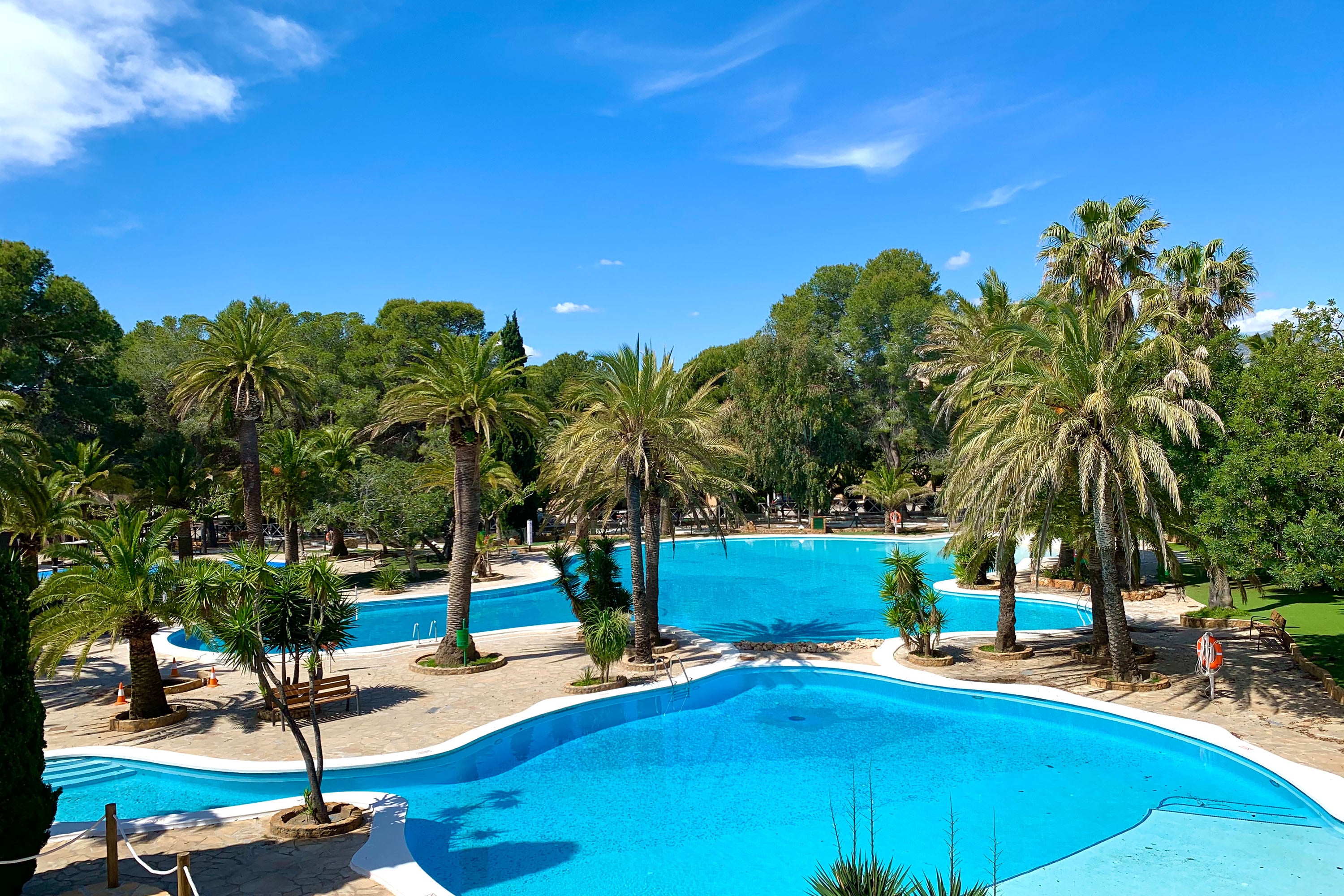
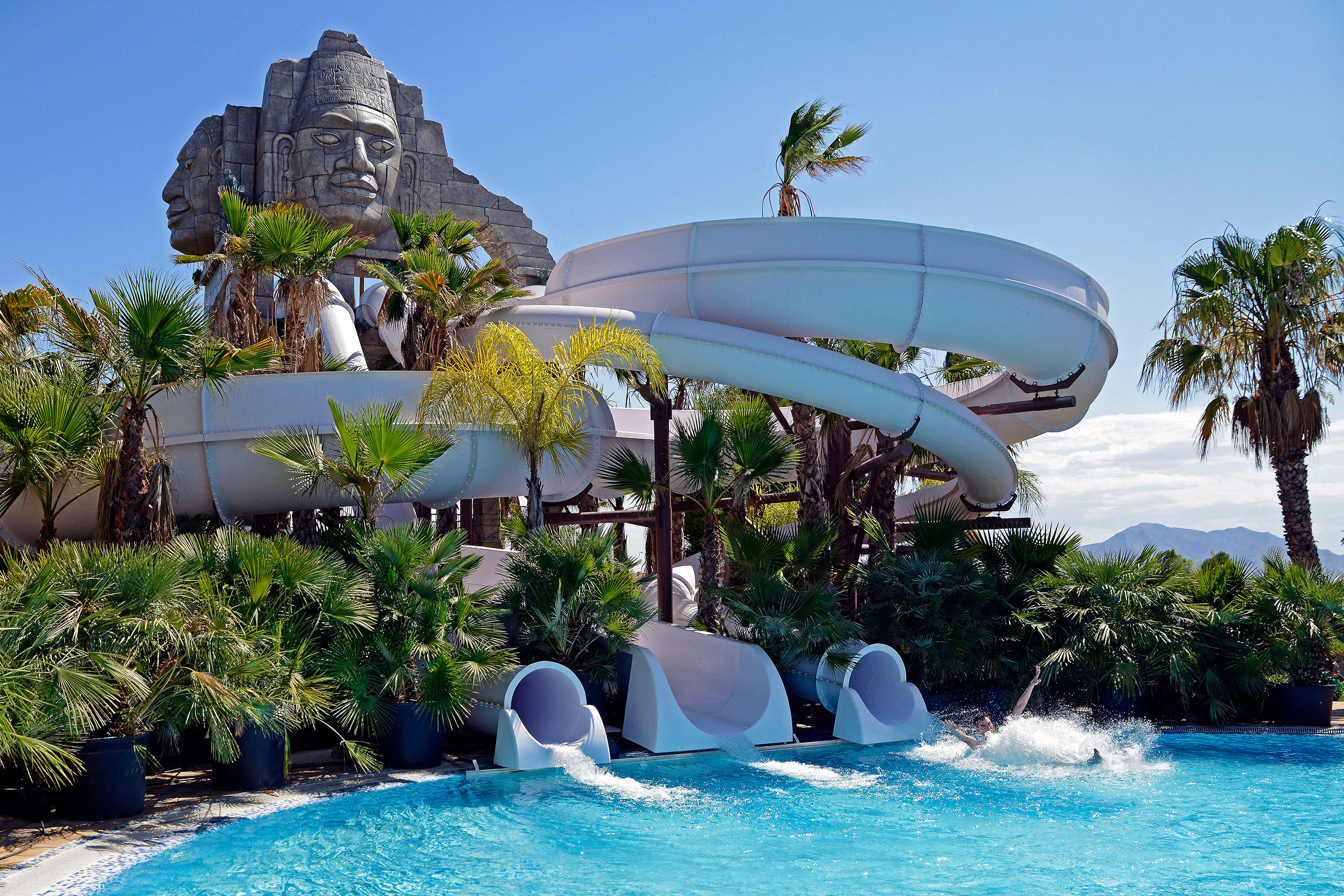
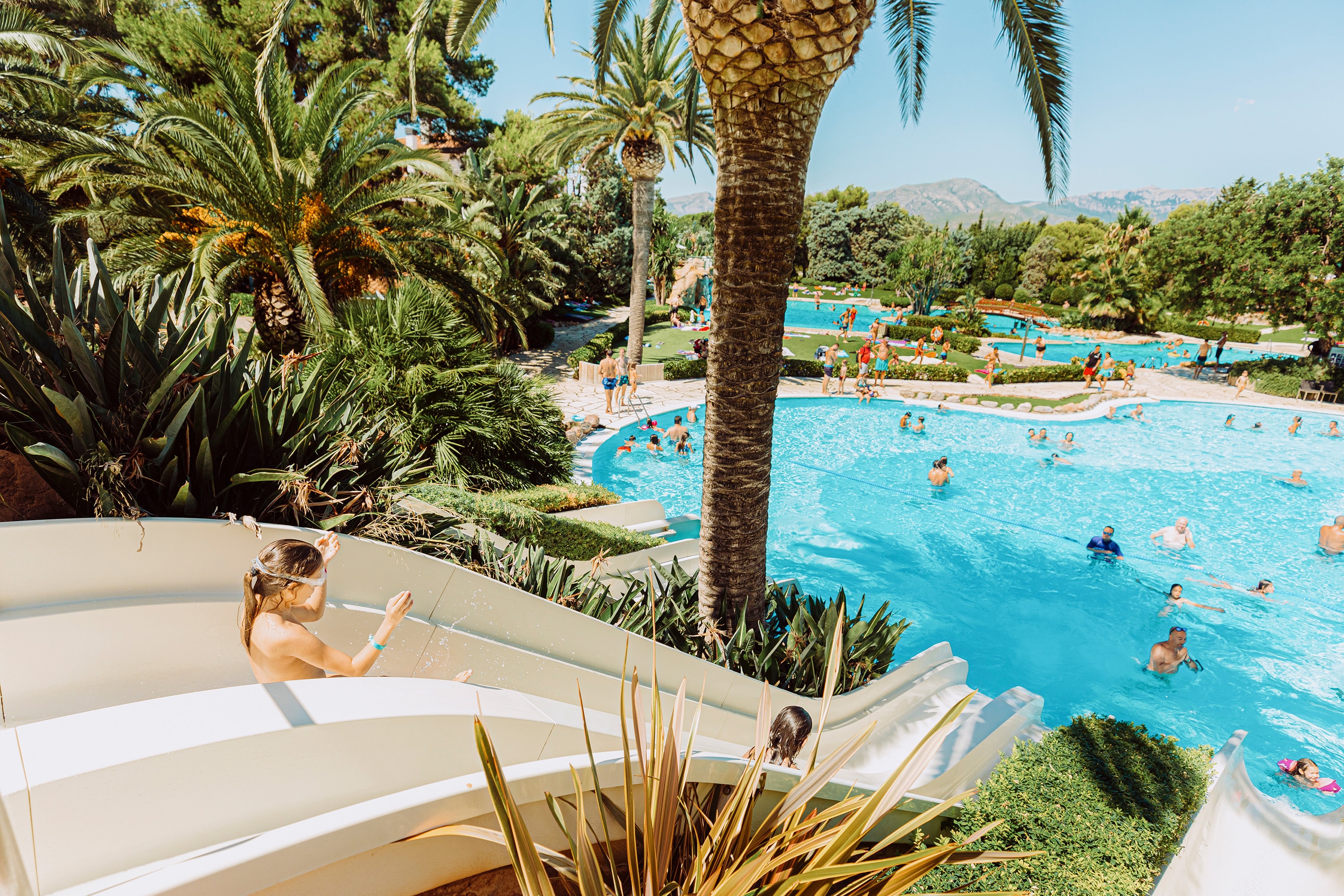

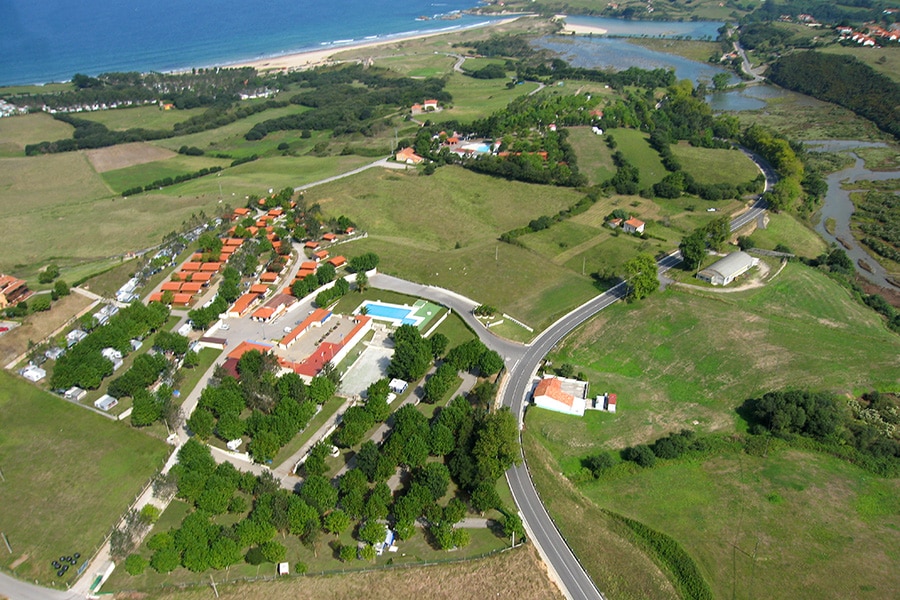
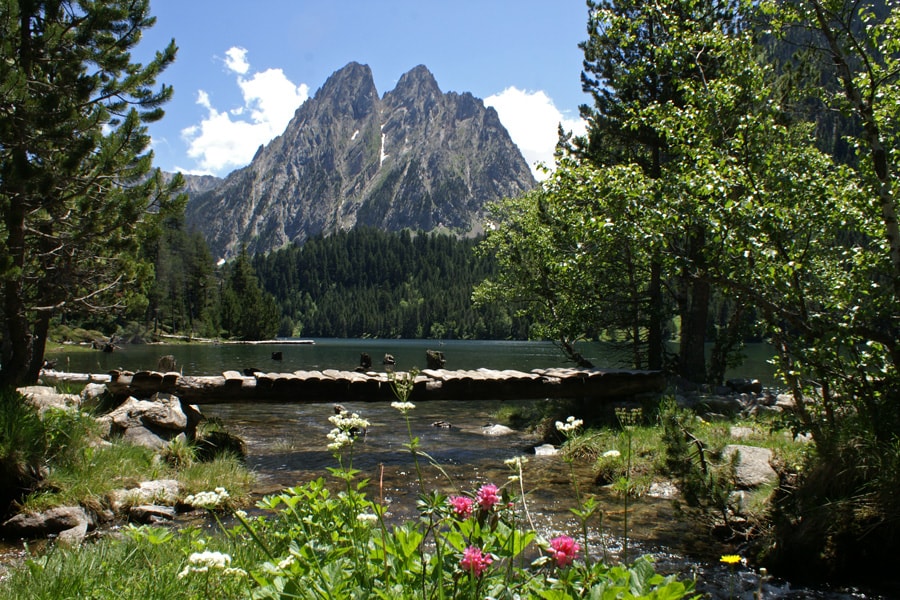








8 Comments
Just for info the tolls in France are increasing by about 6% in January 2023.
What? Wow, Thanks Chris, that’s painful. Will definitely be using less toll motorway in 23. And we use the Sanef Toll Card System, which makes for pain free movement ’till returning home to see the bill 🙁
There are no tolls on the Brittany motorways: it goes back to when France and Brittany were separate realms and Napoleon accidentally (?) imposed French taxes on the Bretons. In recompense, no tolls are imposed on Breton motorways: well that’s the reason I have been given!
Hi, long time acsi user and can’t rate it higher. Since my wife died 5 years ago I have not travelled to Europe, we had caravans but I now have a campervan and plan to travel alone. My only concern is at automatic toll paypoints. I would need to get out of the van to insert ticket. Will the barrier remain up automatically until I have passed through? Sill Question but could be a major problem for right hand driver if alone, cheers.
In my experience the barrier will stay up as long as the vehicle is there. You can try leaning out of the passenger side window to pay, it will work if your arms are long enough! If you are getting out to pay, the gap for opening the door is often quite tight and you have to be careful not to damage your door. Usually the very right hand lane, used mostly by lorries, tends to have more room allowing you to get in and out fairly quickly.
Be careful to put your seatbelt on before moving if there are any police about.
Hi,
We had the same problem pulling out credit cards or fumbling for cash and my wife having to climb out to pay
We now have a Sanef toll tase which lets you sail through the French toll booths without stopping
Yes the barrierr will stay up until you have passed the camera’s are watching you.
In Spain, Portugal and France a sanef toll tag will resolve this issue and allow you to pass through tolls without this hassle.